
1-Sewing Machine Basics- Seen One Seen Them All 
This course is designed for absolute beginners, and is a series of classes. In the first class, Sewing Machine Basics, participants will learn that all sewing machines are designed in the same way, regardless of the brand. This class will provide a comprehensive overview of the basics of sewing machines, giving participants the confidence to start their own projects. ▼
ADVERTISEMENT
Course Feature
![]() Cost:
Cost:
Free Trial
![]() Provider:
Provider:
Skillshare
![]() Certificate:
Certificate:
Paid Certification
![]() Language:
Language:
English
![]() Start Date:
Start Date:
On-Demand
Course Overview
❗The content presented here is sourced directly from Skillshare platform. For comprehensive course details, including enrollment information, simply click on the 'Go to class' link on our website.
Updated in [February 21st, 2023]
Learners can learn the basics of sewing machine operation, including how to thread a machine, adjust tension, and troubleshoot common issues. They can also learn the fundamentals of sewing techniques, such as how to sew seams, darts, pleats, and tucks. Additionally, learners can learn how to read and interpret sewing patterns, as well as how to select the right supplies and tools for their projects. Finally, learners can gain valuable tips and tricks to help them become more efficient and successful sewers.
[Applications]
Those who have completed the Sewing Machine Basics - Seen One Seen Them All course can apply their knowledge to further their sewing skills. They can use the information they have learned to compare different machines and understand the basics of sewing patterns. They can also use the knowledge to become a relaxed and happy sewer, as well as understand needles, tools, and common issues with the sewing machine. Additionally, they can use the course to learn about pattern drafting basics theory and how to insert sleeves.
[Career Paths]
Job Positions:
1. Sewing Machine Technician: Sewing machine technicians are responsible for maintaining, repairing, and troubleshooting sewing machines. They must be knowledgeable in the workings of different types of sewing machines and be able to diagnose and repair any issues that arise. As the demand for sewing machines increases, so does the need for qualified technicians.
2. Sewing Machine Operator: Sewing machine operators are responsible for operating sewing machines to produce garments and other items. They must be able to read and understand patterns, as well as be able to adjust the settings on the machine to ensure the correct stitch and tension. As the demand for custom-made garments increases, so does the need for skilled sewing machine operators.
3. Sewing Machine Designer: Sewing machine designers are responsible for designing and developing new sewing machines. They must be knowledgeable in the workings of different types of sewing machines and be able to create innovative designs that meet the needs of the customer. As the demand for new and improved sewing machines increases, so does the need for qualified designers.
4. Sewing Machine Salesperson: Sewing machine salespeople are responsible for selling sewing machines to customers. They must be knowledgeable in the workings of different types of sewing machines and be able to explain the features and benefits of each machine. As the demand for sewing machines increases, so does the need for qualified salespeople.
Pros & Cons

Comprehensive and easy to understand instructions

Passionate teacher

Confidencebuilding

Great overview of the sewing machine

Learned many tips

None mentioned
Course Provider
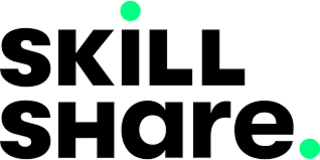
Provider Skillshare's Stats at AZClass
Discussion and Reviews
0.0 (Based on 0 reviews)
Explore Similar Online Courses
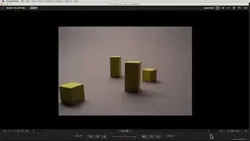
Dragonframe Animation Workspace Tutorials
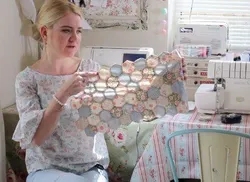
How to Sew a Hexi Quilt Top By Hand

Python for Informatics: Exploring Information

Social Network Analysis

Introduction to Systematic Review and Meta-Analysis

The Analytics Edge

DCO042 - Python For Informatics

Causal Diagrams: Draw Your Assumptions Before Your Conclusions

Whole genome sequencing of bacterial genomes - tools and applications
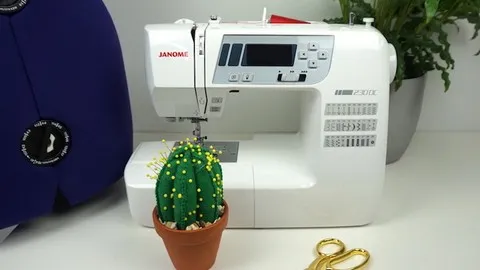
Learn To Sew
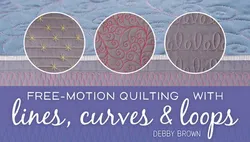
Free-Motion Quilting With Lines Curves & Loops
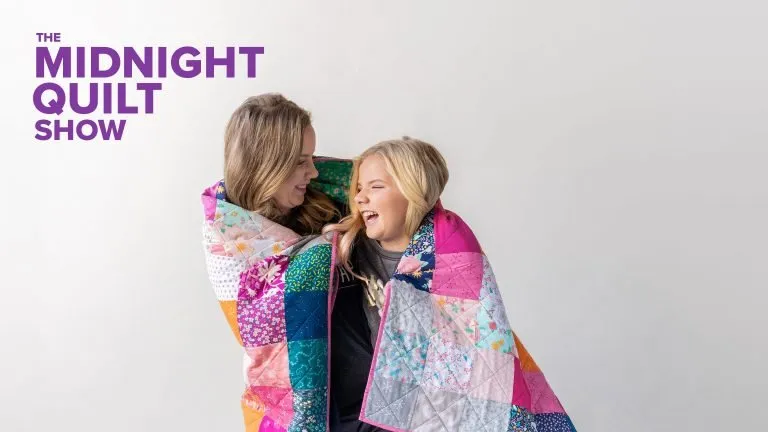

Start your review of 1-Sewing Machine Basics- Seen One Seen Them All